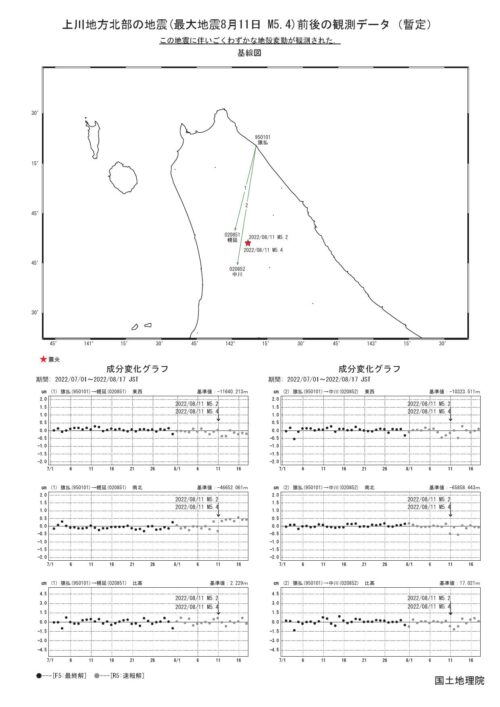PFASを分解し、良質の最終製品にするプロセス Process beheads PFAS, causing it to fall apart into benign end products
2022-08-18 ノースウェスタン大学
研究チームは、低温と安価で一般的な試薬を用いて、2種類の主要なPFAS化合物を分解し、良性の最終生成物のみを残すプロセスを開発したのである。
このシンプルな技術は、人間や家畜、環境における多くの健康への危険な影響に関連する、これらの有害な化学物質を最終的に処分するための強力なソリューションとなる可能性があります。
PFASには、屈強でない炭素-フッ素結合が長い尾を引いている。しかし、分子の一端には帯電した基があり、その基には帯電した酸素原子が含まれていることが多い。チームは、PFASの破壊には珍しいジメチルスルホキシド中のPFASを、一般的な試薬である水酸化ナトリウムで加熱し、この頭部基をターゲットにした。その結果、反応性のある尾部が残り、頭部を切断することができた。
<関連情報>
- https://news.northwestern.edu/stories/2022/08/forever-chemicals-destroyed-by-simple-new-method/
- https://www.science.org/doi/10.1126/science.abm8868
パーフルオロカルボン酸の低温無機化反応 Low-temperature mineralization of perfluorocarboxylic acids
Brittany Trang ,Yuli Li ,Xiao-Song Xue ,Mohamed Ateia ,K. N. Houk,William R. Dichtel
Science Published:18 Aug 2022
DOI: 10.1126/science.abm8868

Forever chemicals’ Achilles’ heel
Per- and polyfluoroalkyl substances (PFAS) have been referred to as “forever chemicals” because of their resistance to most biological and chemical degradation mechanisms. Most current methods use very harsh conditions to decompose these compounds. Trang et al. found that there is a potential weak spot in carboxylic acid–containing PFAS: Decarboxylation in polar, non-protic solvents yields a carbanion that rapidly decomposes (see the Perspective by Joudan and Lundgren). The authors used computational work and experiments to show that this process involves fluoride elimination, hydroxide addition, and carbon–carbon bond scission. The initial decarboxylation step is rate limiting, and subsequent defluorination and chain shortening steps occur through a series of low barrier steps. The procedure can accommodate perfluoroether carboxylic acids, although sulfonic acids are not currently compatible. —MAF
Abstract
Per- and polyfluoroalkyl substances (PFAS) are persistent, bioaccumulative pollutants found in water resources at concentrations harmful to human health. Whereas current PFAS destruction strategies use nonselective destruction mechanisms, we found that perfluoroalkyl carboxylic acids (PFCAs) could be mineralized through a sodium hydroxide–mediated defluorination pathway. PFCA decarboxylation in polar aprotic solvents produced reactive perfluoroalkyl ion intermediates that degraded to fluoride ions (78 to ~100%) within 24 hours. The carbon-containing intermediates and products were inconsistent with oft-proposed one-carbon-chain shortening mechanisms, and we instead computationally identified pathways consistent with many experiments. Degradation was also observed for branched perfluoroalkyl ether carboxylic acids and might be extended to degrade other PFAS classes as methods to activate their polar headgroups are identified.



